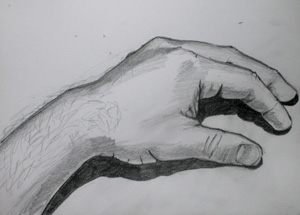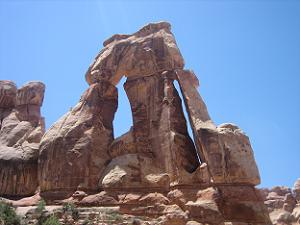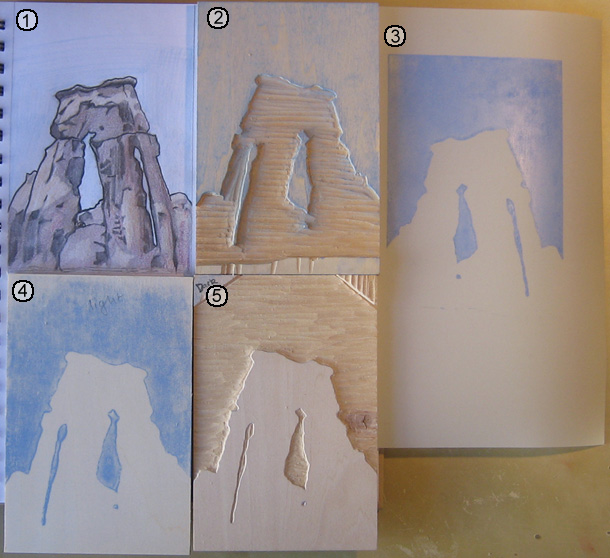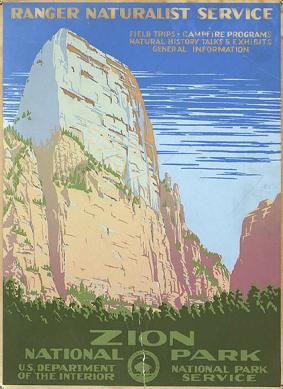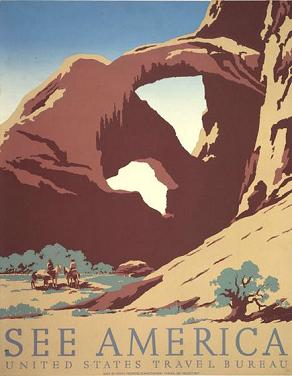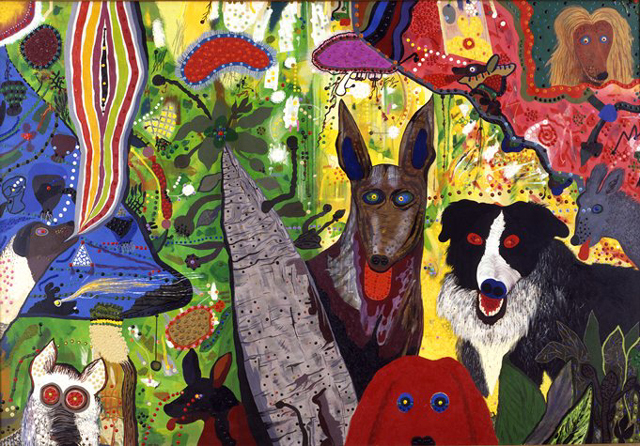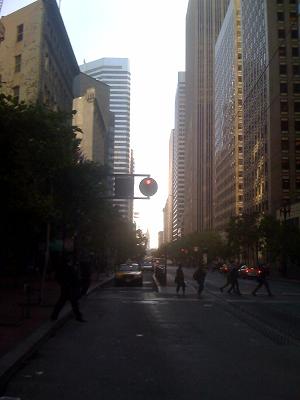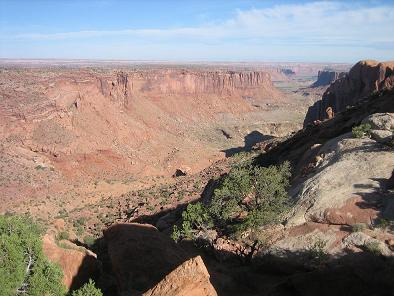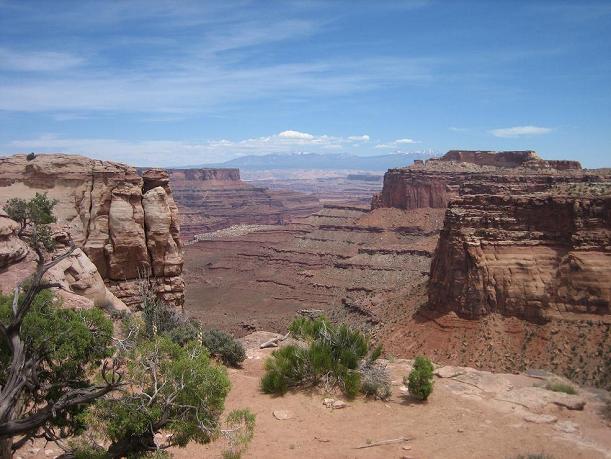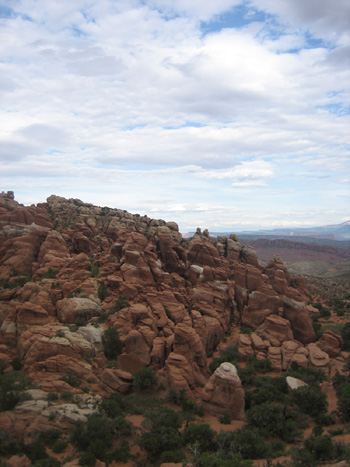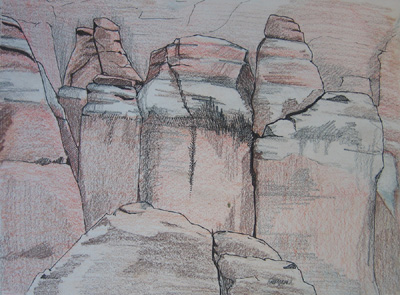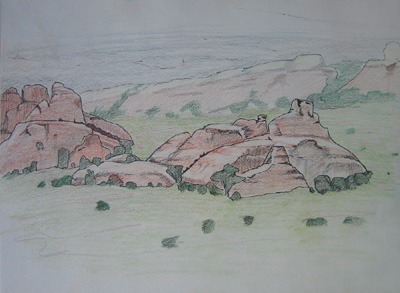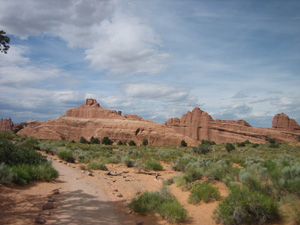Art History is a mess of people, pictures, and strange “isms”. Some of it looks great, some of it… can be harder to appreciate. I’ve got my own take on what Art History is about, and what was important. If you haven’t read my irreverent history of art up to impressionism, You should read it first, because this picks up where that ends.
Clicking on the links below will launch a pop-over image, without taking you away from the page. Hover over the image for an informational caption, click next to the image to make the image go away.
Let’s continue the story.
…and then a bunch of upstart impressionists made all other art styles irrelevant with their sloppy smears of paint on canvas. Monet’s painting of a woman out for a walk may seem downright tame and old school today, but at the time, it was new and original.
The revolution of the impressionists is that they allowed the paint to be seen. The impressionists didn’t smooth out each brush stroke out and blend every color like artists had for (hundreds of) years before. You could see every dab of paint, and every brushstroke, on the canvas.
These small pebbles of change started the avalanche that is Modern Art, an avalanche that would end with subject matter indistinguishable from the materials used to make the art.
[A quick note about the term Modern Art – it can refer to both the time frame (1865-1950), or the styles developed in that time frame (impressionism to abstract expressionism). These art styles followed a certain progression, and explored a certain philosophy of art, which reached a culmination in the 1940s and 1950s. For better or worse.]
Impressionism made the rounds for a decade or two, until some folks started to expand on this “painterly” thing. The result was the keenly named post-impressionism, which features artistic super stars like Cezanne, Seurat, Toulouse-Lautrec, Matisse, and Van Gogh.
In the early 1900’s, this Spanish guy named Picasso made a painting of some women, and depicted them out of a bunch of flat, angular shapes. The art world was rocked, and cubism was invented by Picasso, along with his buddy Braques. Picasso became super famous, even though he was still alive.
After cubism rocked everybody’s socks off, a bunch of other folks developed a bunch of “isms”: suprematism, futurism, expressionism, surrealism, DaDa, etc. These were all just a bunch of new weird ways to paint things, but they all had one thing in common: the paint, and how it could be used to depict things, became far more important and interesting than the actual subject matter. (Except DaDa and surrealism, which were just weird)
This is the time when artists depicted things very abstractly, and more and more, paintings became pure combinations of shape and color, and did not depict anything “real”.
This culminated in Abstract Expressionism. External subject matter was gone completely, the subject of the paintings was the paint itself. This is the era when Hans Hofman smeared paint on his canvas with his palette knife, Jackson Pollock danced around his canvases and flung paint on them, and Mark Rothko painted cloudy squares of color on his canvas.
This is what Modern Art is all about – art became less and less about the subject matter, and more and more about how the materials were used to depict the subject matter. Eventually, subject matter disappeared entirely.
This series continues tomorrow, I will talk about what Modern Art means, and how it was just a dead end road.

